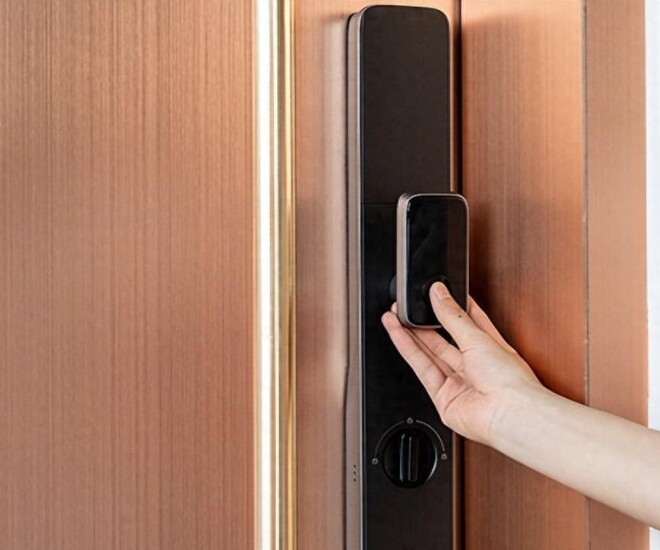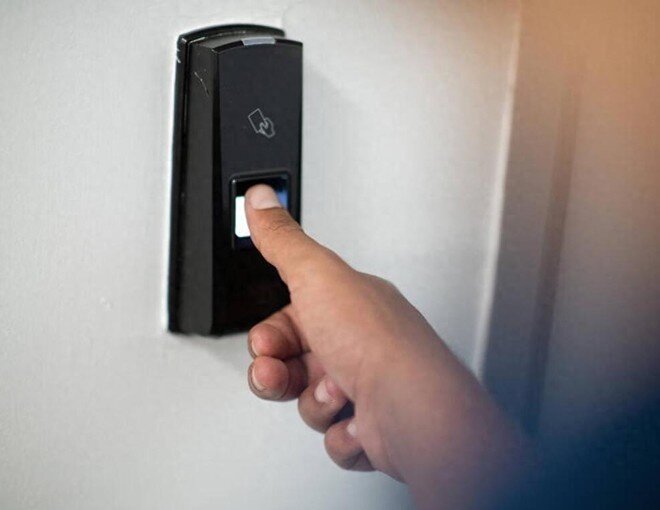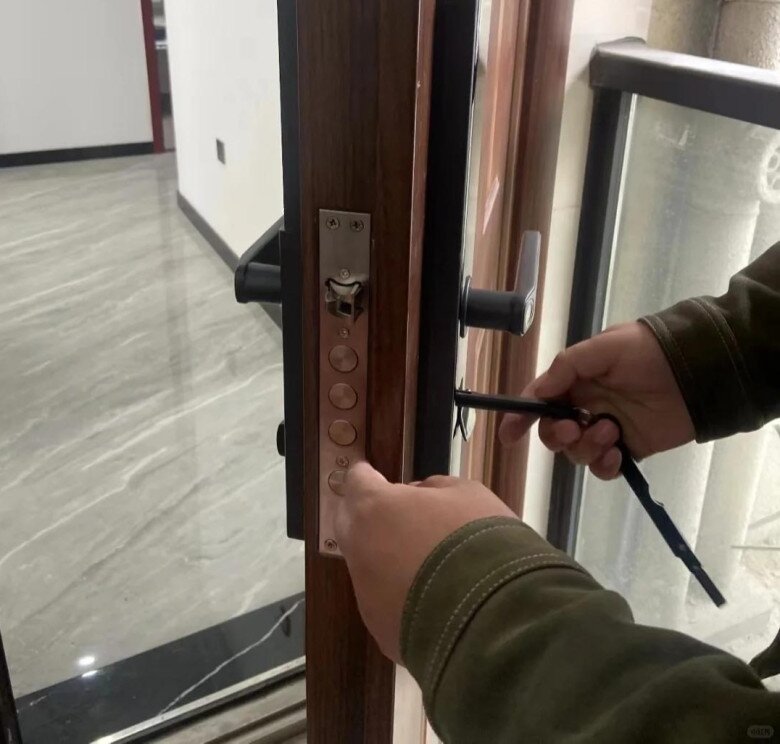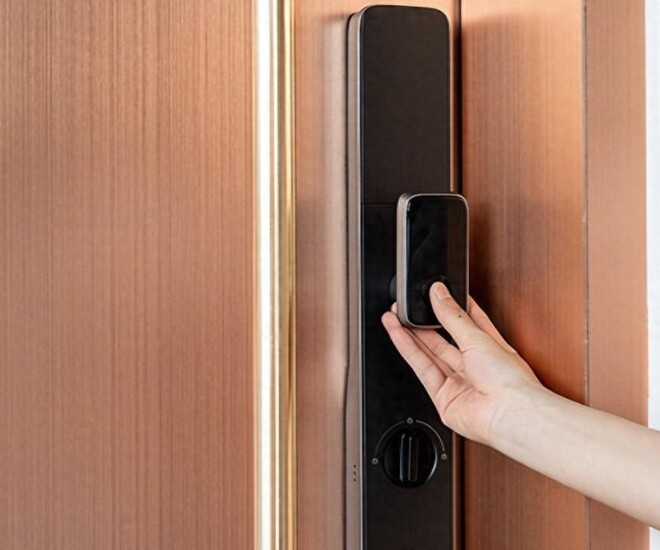Fingerprint locks have been a popular choice for consumers, offering convenience and security. However, alongside these advantages, a growing number of consumers are starting to express concerns about their design and performance. These issues not only relate to the stability of the device but also impact users’ sense of safety, leading some to even place fingerprint locks on their “blacklist” of devices they no longer trust for their homes.
Here are the reasons why fingerprint door locks are becoming less favored:

1. High Cost
Fingerprint locks tend to be significantly more expensive than traditional mechanical locks. Investing in such modern technology often requires consumers to spend a substantial amount of money, which can be a barrier for many families. Additionally, installation costs cannot be overlooked, as the setup of a fingerprint lock may require a professional technician to ensure efficient operation.
Moreover, fingerprint locks necessitate periodic maintenance and battery replacement, potentially adding to the expenses over time. For numerous families, spending a large sum of money on a security device may not be deemed reasonable, especially when they feel that traditional locks can still adequately meet their safety needs.
2. Technical Issues
One of the biggest drawbacks of fingerprint locks is the potential for technical problems during use. The lock could malfunction due to sensor issues or a depleted battery, resulting in an inability to unlock when needed. These incidents can occur unexpectedly and cause significant inconvenience, especially if you’re facing an emergency.
Furthermore, the reliance on technology may raise concerns about the lock’s performance in harsh weather conditions, such as heavy rain or extremely low temperatures, which could affect sensor efficiency. These issues not only create difficulties in unlocking but also erode your confidence in the product, leading many to opt for traditional locking solutions that they perceive as more reliable.

3. Security Concerns
Despite being marketed as an optimal security solution, fingerprint locks are not entirely immune to intrusion. They can be deceived by fake fingerprints or hacked through advanced technologies. Such information has raised concerns among many individuals about the protection of their assets, particularly in the context of increasingly sophisticated cybercrime.
Additionally, some people realize that traditional mechanical locks, though simpler, offer a greater sense of security as they are not as susceptible to interference as electronic devices. This anxiety is causing many families to shift away from fingerprint locks and revert to classic locking solutions that they trust.
4. Usability Challenges
Fingerprint locks are designed with convenience in mind, but not everyone finds them easy to use. Especially for the elderly or those unfamiliar with technology, there may be a learning curve involved, leading to frustration and dissatisfaction. These individuals might feel anxious about using fingerprint locks because they are unfamiliar with how they work.
Moreover, in unfortunate instances like wet or dirty hands, or when the fingerprint recognition is obscured, the lock’s performance may deteriorate, making it harder to unlock. This situation can result in disappointment and worry, prompting many families to revert to traditional locking solutions, which are user-friendly and devoid of technological complexities. These usability challenges have contributed to the declining popularity of fingerprint locks among households.






































